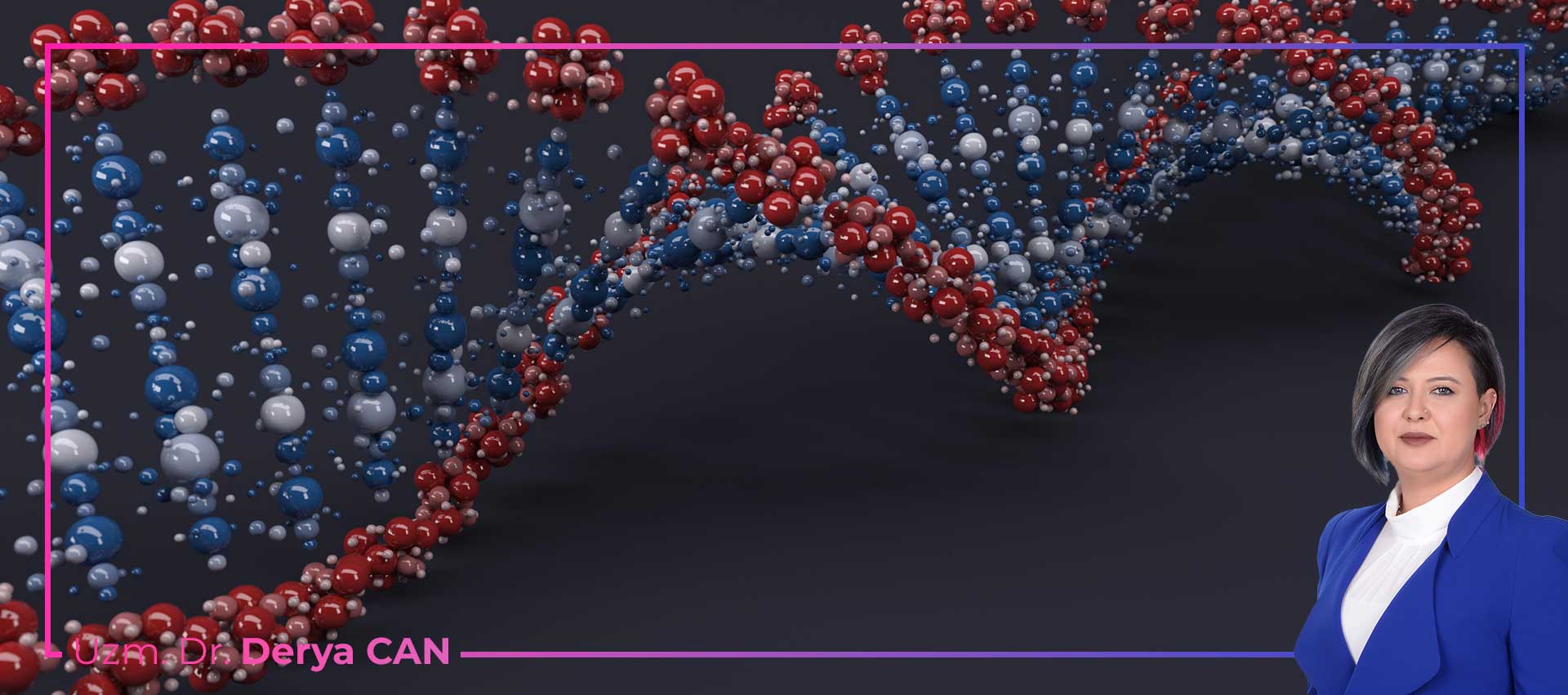
New Horizons of Modern Medicine
Exosomes are small nanometer-scale vesicles that play an important role in intercellular communication. These vesicles contain molecules such as various proteins, lipids, mRNA and micro RNA. Exosome therapy is an approach that aims to support tissue repair and regeneration by promoting the body’s own healing process. In this article, we will discuss in detail how exosome therapy works, where it is used and its advantages.
Structure and Function of Exosomes
Exosomes are small vesicles that cells secrete into their external environment. These vesicles play a role in intercellular communication and allow cells to exchange information with each other. Thanks to the molecular content they carry, exosomes can send signals to target cells and change their behavior. Thanks to these properties, exosomes play an important role in processes such as tissue repair and regeneration.
What is Exosome Therapy?
Exosome therapy is a treatment method that aims to accelerate healing processes by injecting exosomes into the body. This treatment method promotes the healing of damaged tissues thanks to the beneficial molecules contained in exosomes. Exosome therapy is used in the treatment of orthopedic injuries, anti-aging applications and some degenerative diseases.
Manufacturing Process of Exosome Therapy
The production of exosomes is a very demanding and delicate process. It requires special laboratory conditions and takes approximately 1-2 weeks. Exosomes are usually derived from umbilical cord-derived mesenchymal stem cells. These cells are multiplied by appropriate culture methods in a cGMP (current Good Manufacturing Practices) laboratory and exosomes are purified. The exosomes obtained are stored as a homogeneous suspension in sterile form with cold chain.
The quality standards of the exosomes produced are of great importance for the application to be healthy and effective. These standards ensure that the exosomes pass through the purification process and that the final product is homogeneous and sterile. Quality exosomes provide maximum effect in the treatment process and accelerate the healing process of patients.
Uses of Exosome Therapy
Exosome therapy can be used in many different areas and has a wide range of applications. Here are the main uses of exosome therapy:
Joint Cartilage Damage and Calcification
Exosomes are used to treat joint diseases such as osteoarthritis by promoting the regeneration of cartilage tissue. The injections reduce inflammation and promote the proliferation of cartilage cells (chondrocytes). This speeds up the healing process of damaged articular cartilage and improves joint function.
Muscle and Tendon Injuries
Exosome treatments accelerate the healing process of muscle and tendon injuries. Especially in chronic injuries such as tendonitis and tendinosis, exosomes reduce inflammation and promote the regeneration of tendon cells. This is an important treatment option for athletes and individuals injured during physical activity.
Bone Healing
Exosomes help fractures to heal more quickly and properly. It promotes the regeneration of bone tissue by increasing the activity of bone cells (osteoblasts). This treatment accelerates the healing process of bone fractures and strengthens bone tissue.
Ligament Injuries
Exosomes, which promote the regeneration of connective tissue (ligaments), are also effective in the treatment of ligament injuries. This therapy supports rapid recovery in cases of sports injuries and other traumatic conditions. By accelerating the healing of ligament tissue, exosomes help injuries heal faster and more effectively.
Advantages of Exosome Therapy
Exosome therapy has many advantages. It is minimally invasive and usually does not require surgery. In addition, side effects are minimal as exosomes support the body’s natural healing process. Exosome therapy reduces inflammation, accelerates tissue repair and promotes cellular regeneration. This improves patients’ quality of life and accelerates the healing process.
Minimally Invasive and Fast Recovery
Exosome therapy is a minimally invasive method that does not require surgical intervention. This allows patients to quickly return to their normal activities after treatment. Treatment sessions are completed in a short time and patients can resume their daily lives immediately.
Side Effect Free and Effective Treatment
Exosome therapy has almost no side effects as it supports the body’s natural healing processes. This allows patients to recover easily without experiencing any side effects during the treatment process. In addition, the effects of the treatment are felt immediately and the healing process of damaged tissues is accelerated.
Wide Application Areas
Exosome therapy can be used in a wide range of applications, from orthopedic injuries to anti-aging applications. This demonstrates the versatility and effectiveness of the treatment modality. Exosomes promote healing in many different tissue types, improving the overall health of patients.
Exosome therapy stands out as a new generation treatment method offered by modern medicine. This treatment accelerates tissue repair and promotes healing by supporting intercellular communication and healing processes. Thanks to its minimally invasive nature, no side effects and wide range of applications, exosome therapy improves the quality of life of patients and accelerates the healing process. A specialist should be consulted and examined to determine the appropriate treatment method. Exosome therapy will be used more and more in many areas of medicine in the future and will play an important role in patients’ recovery processes.
The durability of exosome treatment varies according to personal factors and the application area.
Yes, exosome therapy accelerates the skin repair process, supports collagen production and regenerates tissues. In this way, skin tightening, brightness and rejuvenation can be achieved.
No, exosome therapy is different. While PRP is obtained from the patient’s own blood, exosomes are extracellular building blocks obtained in special laboratory environments. It is a more advanced form of treatment as they strengthen cellular communication.
There are usually no serious side effects. Slight redness or sensitivity may be seen in the application area and it passes in a short time. The risk of allergy is low because it contains no live cells or foreign substances.